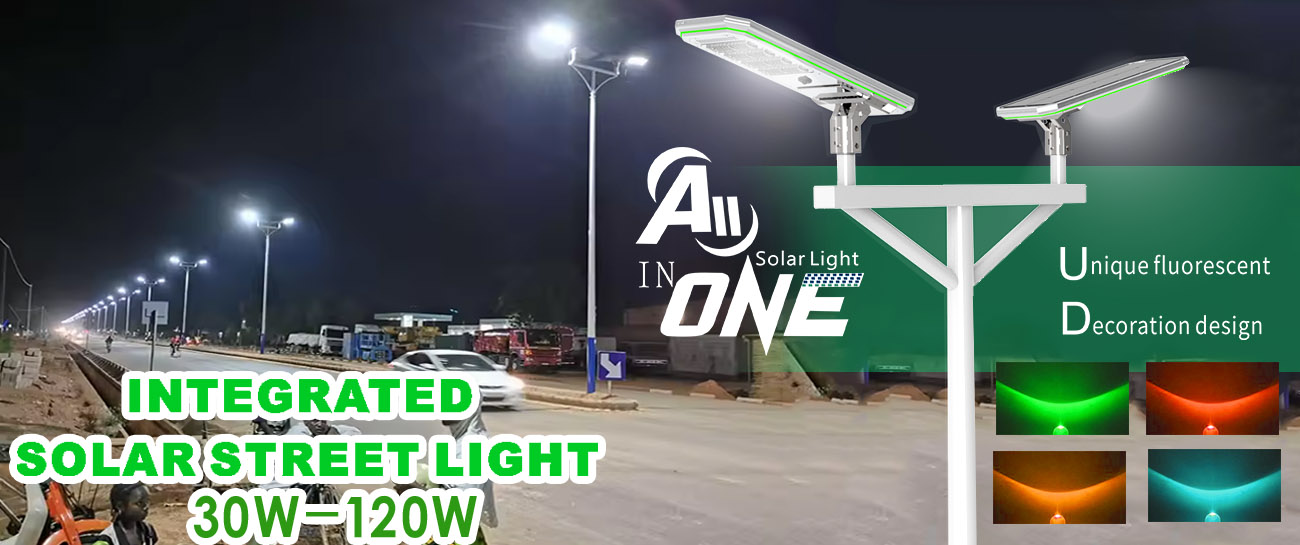- Solar Outdoor Lighting
- Integrated Solar Street Lights
- Solar lighting
- Supplier in China
- Solar Garden Light manufacturer
- All in One Solar Street Lamp
- Integrated solar street lights and semi solar road
- LED Rechargeabl Floodlight with Bluetooth
- The Development Trend of Solar Energy Industry
- Low-light charging + ultra-long battery life! Solar street lights, 3 hours of sunlight for a whole week, with unrivaled battery life
- Intelligent light control + human body sensing, solar street lights: lighting on demand saves more power, and full performance details
- 15 meters ultra-long illumination + IP67 waterproof solar street light: hard-core performance covers all outdoor scenarios
- Conversion rate increased by 39%! High-efficiency crystalline silicon solar street lights, 6 hours of sunlight for the whole night
- How to maintain the solar street light panels?
- solar street light
- Integrated Solar Street Light
- All in One solar street light
- Solar Led Street Light
- Solar Street Light Factory
- Integrated Solar Parking Lot Lights
- Integrated Solar Billboard Lights
- China Solar Lighting Supplier
- All In One Solar LED Street Lamp
- Outdoor Waterproof Solar Road Lighting
Categories
New blog
Tags
- 2023-08-25 14:15:41
It allows you to customize the working hours of solar street lights based on actual needs and environmental conditions.


20% Brightness 30% Brightness
The lamp stay on with 30% brightess when no motion.


50% Brightness 100% Brightness
When the motion detected, the lamp will shift to 100% brightness automactically.
For example, you can set solar street lights to turn on at 6pm and off at 6am every day. This means that the streetlights will remain on during this time of day and turn off at other times to save energy.
2. The time control mode is usually supported by the controller or electronic device of the street light.
You can use a specific time controller, or use remote control, smartphone applications, or cloud platforms to set and adjust the time control mode.
The time control mode is very useful for saving energy and ensuring that street lights work as needed.
For example, in some areas, nighttime traffic flow is low, so turning off street lights in the early morning can reduce unnecessary energy consumption.
2. Based on your needs and environmental conditions, you can choose the appropriate timing mode to meet specific lighting needs.


 Language
Language English
English français
français العربية
العربية 中文
中文 sales@szleadray.com
sales@szleadray.com +86-13424390319
+86-13424390319








